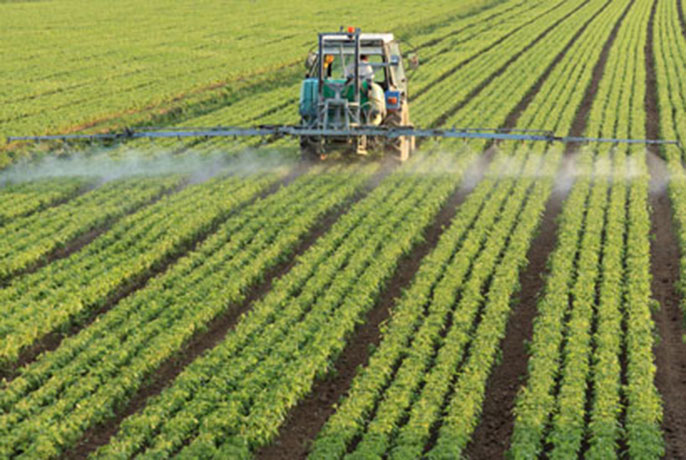
 By Leanna Sweha
By Leanna Sweha
October 16 is UN World Food Day. This year’s theme is “The climate is changing. Food and agriculture must too.”
Adaption to climate change is critical to agricultural sustainability. In California, no issue illustrates this theme better than water.
Agriculture is much more water efficient today than just a few decades ago, and it continues to innovate in water management. However, with the current drought and predictions of drier conditions as the “new normal,” agriculture has been criticized for using 40 percent of the state’s applied water and for drilling wells even as groundwater levels fall dangerously low.
At the same time, agriculture has suffered severe cutbacks from the state and federal water projects, because of mandatory environmental and quality flows that take priority over agriculture water rights.
How to better account for the water we have, need and use is the focus of a recent report by the Sacramento-based Public Policy Institute of California (PPIC). Why water accounting? Because good data is a prerequisite to good management. Without good water data, it will be harder to adapt to climate change.
Interestingly, the report reveals that California lags behind other states and countries in certain areas of water accounting.
Water accounting is complex for a number of reasons. First is the link between surface and groundwater flows, such as rivers that feed underground aquifers and irrigation that recharges aquifers. Second is the thousands of users in the state’s 10 hydrologic regions. Third is the need for common standards and information sharing among the hundreds of water agencies across the state.
The report recommends that all surface water users be brought under state water law, as in Oregon, Texas and Australia. In California, some users are not directly regulated, because their water claims pre-date the adoption of state water rights law. Unlike regulated users, they do not need a permit or license to divert water. This makes it harder to determine actual water usage. By some estimates, unregulated users account for 25 percent of surface water diversions by volume.
The report recommends that all groundwater rights be quantified and enforced. Local agencies that administer the 2014 Sustainable Groundwater Management Act (SGMA) are responsible for the overall health of their groundwater basins, but the act does not require that pumping rights be defined or capped through a permitting system. Most other western states define and cap pumping rights, as does Australia and Spain. The report finds that lack of regulation has contributed to significant declines in groundwater levels in many basins.
The report also identifies the need to better account for environmental flow requirements critical for the protection of aquatic ecosystems. Recommended is an accounting method called environmental water budgeting for watersheds like the San Joaquin River, which supports endangered native salmon. The Australian state of Victoria, which treats environmental water as a water right and not as a regulatory set-aside, is cited as a model to help reduce conflicts between environmental and agricultural uses of water.
Finally, the report calls out an urgent need for a single online platform with data on water availability, quality, environmental water needs including ecological indicators, and water transfers.
Governor Brown recently signed a bill by Assemblymember Bill Dodd that is a first step towards better online information. The Open and Transparent Water Data Act (AB 1755) requires a statewide water data platform to integrate existing water and ecological information from multiple databases and to provide data on completed water transfers.
The 2015-16 water year was “dry” according to hydrologists, despite average or above-average rainfall in parts of the north state. It’s time to seriously consider a full spectrum of policy changes that can, as the PPIC puts it, “improve California’s ability to meet often competing economic, societal, and environmental water demands of a growing population in a warming climate.”

It seems like this is why UCD was looking at a World Food Center